Russy Sumariwalla- Zoroastrian
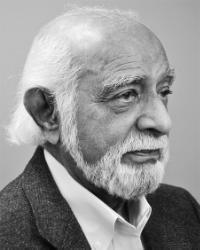
Russy Sumariwalla
About Zoroastrianism & The Parsi Community
Zoroastrianism [Z] is considered by most scholars as one of the oldest continually practiced religions – if not the oldest – in the world. It was born in the ancient Persian Empire [now reduced to Iran]; its date is controversial but most place it between 3000 and 2500BC. After the birth of Islam and its conquest of Persia around 700-750 AD, a small group of devout Z escaped from Iran and sought political asylum on the west coast of India and settled near Bombay [now Mumbai]. Since these immigrants came from Persia [known in India at the time as Paras] they were called Parsi. Thus Russy is a member of the Parsi community in India. Over the millennia the Parsi community multiplied and prospered. They brought their Z religion with them to India. However, today their numbers have dwindled to around 50,000-70,000 in India.
According to the Z orthodoxy one has to be born in the religion – at least the father must be a Parsi. There is no conversion and no proselytism allowed in India by the Parsi community. Beginning in early 20thcentury many Parsis migrated to Europe, Canada and the U.S. and again brought their Z religion with them in the form of “Fire Temples” [place of worship]. Today these temples exist in some of the large cities around the world such as London, Chicago, Houston, and in San Jose, CA. The Foundation of the Z religion rests on three principles: Hoomakt, Hookhakt, Harvarst translated as:
Good Words, Good Thoughts, Good Deeds, as preached by the prophet Zarathushtra or Zoroaster. Not unlike with other religions, the Parsi diaspora here celebrate their own holiday festivities like their New Year [Navroz], with religious prayers, special meals, parties, etc. A majority of the Parsi community in the U.S. is engaged in the professions: Physicians, Lawyers, Engineers, Scientists, Teachers and Professors, Writers and Researchers. Of course, in the U.S. there is no restrictions on marrying outside of the Parsi community – Russy is married to Anita [from Switzerland] who is a Christian.

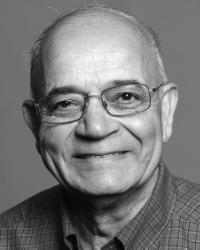
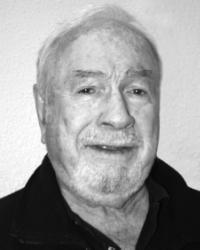
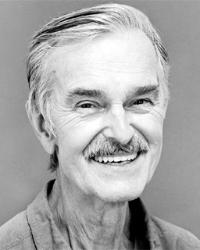
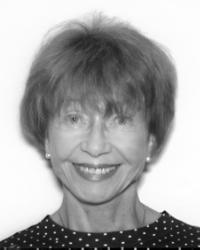
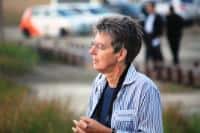
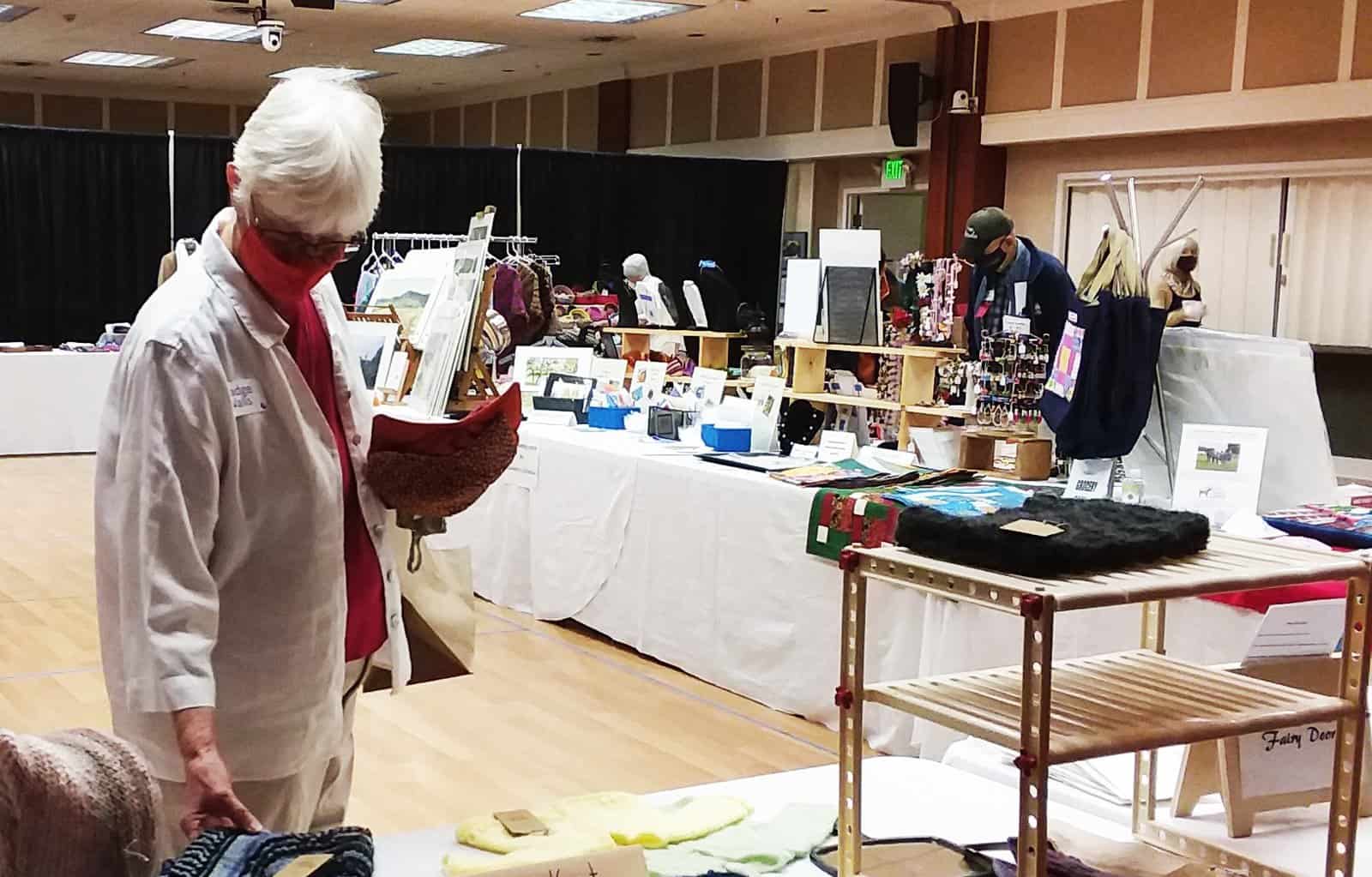 half the auditorium limited the size of displays and the number of vendors. To maximize the number of shoppers, vendors couldn’t be present at their tables during the fair. Shoppers were limited to RVM residents and employees. The fair was held over two days rather than the usual single day.
half the auditorium limited the size of displays and the number of vendors. To maximize the number of shoppers, vendors couldn’t be present at their tables during the fair. Shoppers were limited to RVM residents and employees. The fair was held over two days rather than the usual single day.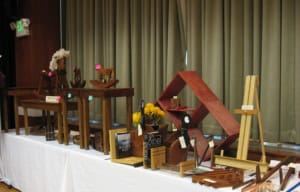 Following the procedure that worked well at the Big Sale, shoppers took their bags of treasures to a receipt writer, who noted each vendor number and the price of each item. Then shoppers took their receipt to a cashier just outside the auditorium and paid for their purchases.
Following the procedure that worked well at the Big Sale, shoppers took their bags of treasures to a receipt writer, who noted each vendor number and the price of each item. Then shoppers took their receipt to a cashier just outside the auditorium and paid for their purchases.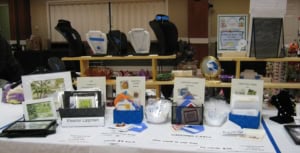 In addition, a number of craft items were on exhibit in display cabinets just outside the Plaza and the Manor dining rooms. Many vendors indicated they would accept advance sales. Advance sales accounted for about 30% of the total proceeds.
In addition, a number of craft items were on exhibit in display cabinets just outside the Plaza and the Manor dining rooms. Many vendors indicated they would accept advance sales. Advance sales accounted for about 30% of the total proceeds.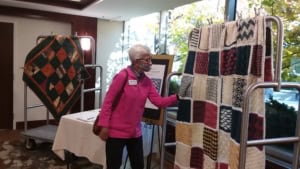 A quilt made by the Piece Makers, and a Sharlyn Woolley memorial afghan, made of sampler squares knitted by Sharlyn and assembled by Connie Kent, were on exhibit in the Manor lobby for people to bid on.
A quilt made by the Piece Makers, and a Sharlyn Woolley memorial afghan, made of sampler squares knitted by Sharlyn and assembled by Connie Kent, were on exhibit in the Manor lobby for people to bid on.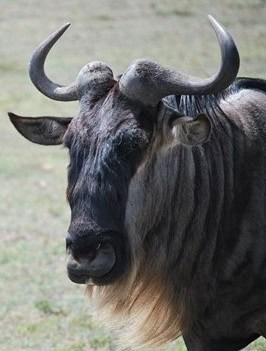
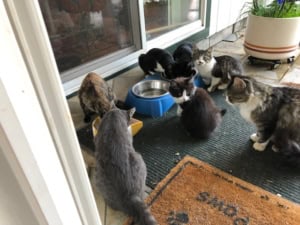 Salome Sato started something wonderful about three years ago. She created a registry for cat owners who were going on vacation and needed sitters for their babies. By the end of those three years, she had about 35 people on board. Some of them owned cats and wanted occasional help, some of them had cats and were willing to take in short-term boarders and some were just people who loved cats and were willing to cat-sit even though they no longer had a cat of their own.
Salome Sato started something wonderful about three years ago. She created a registry for cat owners who were going on vacation and needed sitters for their babies. By the end of those three years, she had about 35 people on board. Some of them owned cats and wanted occasional help, some of them had cats and were willing to take in short-term boarders and some were just people who loved cats and were willing to cat-sit even though they no longer had a cat of their own.